When we think of culture, we typically imagine human societies with their diverse traditions, languages, and customs. However, recent scientific research has begun to recognize that certain animal species also exhibit cultural traits—learned behaviors that pass from one generation to the next through social learning rather than genetic inheritance. Among these fascinating creatures are bees, whose complex societies and remarkable behavioral adaptations have captivated researchers for centuries. These industrious insects demonstrate sophisticated communication methods, architectural precision, and collective decision-making processes that are partly innate but also significantly influenced by learning and social transmission. This article explores the emerging concept of “bee culture”—how certain behaviors, habits, and knowledge are transmitted across generations of bees, creating distinct behavioral traditions within colonies and potentially even between different populations of the same species.
The Definition of Cultural Transmission in Insects
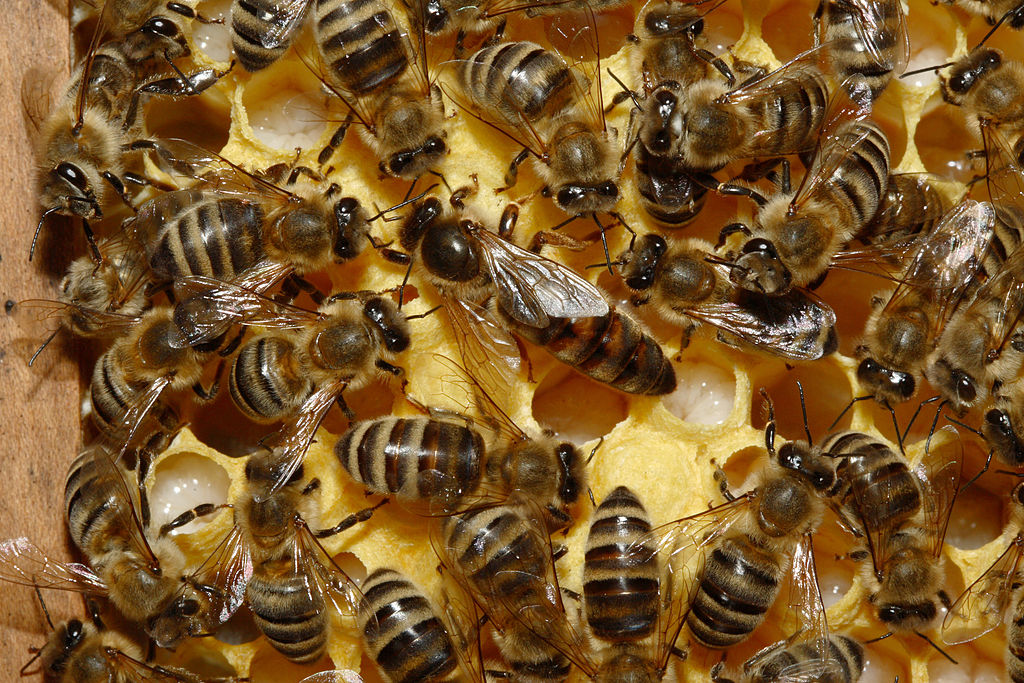
When scientists discuss “culture” in non-human animals, they’re referring to behaviors that are learned and transmitted socially rather than being purely instinctual or genetically determined. For bees, this means that certain behaviors can be acquired through observation, interaction, and experience within the colony rather than being hardwired from birth. This social learning creates behavioral traditions that can persist across generations and potentially differ between colonies, even when they belong to the same species. The concept challenges our traditional understanding of insect behavior as purely instinctual and opens new avenues for understanding the complexity of bee societies. Cultural transmission in bees exists on a spectrum, with some behaviors having stronger genetic components while others are more flexible and influenced by social learning.
The Waggle Dance: Communication as Cultural Heritage
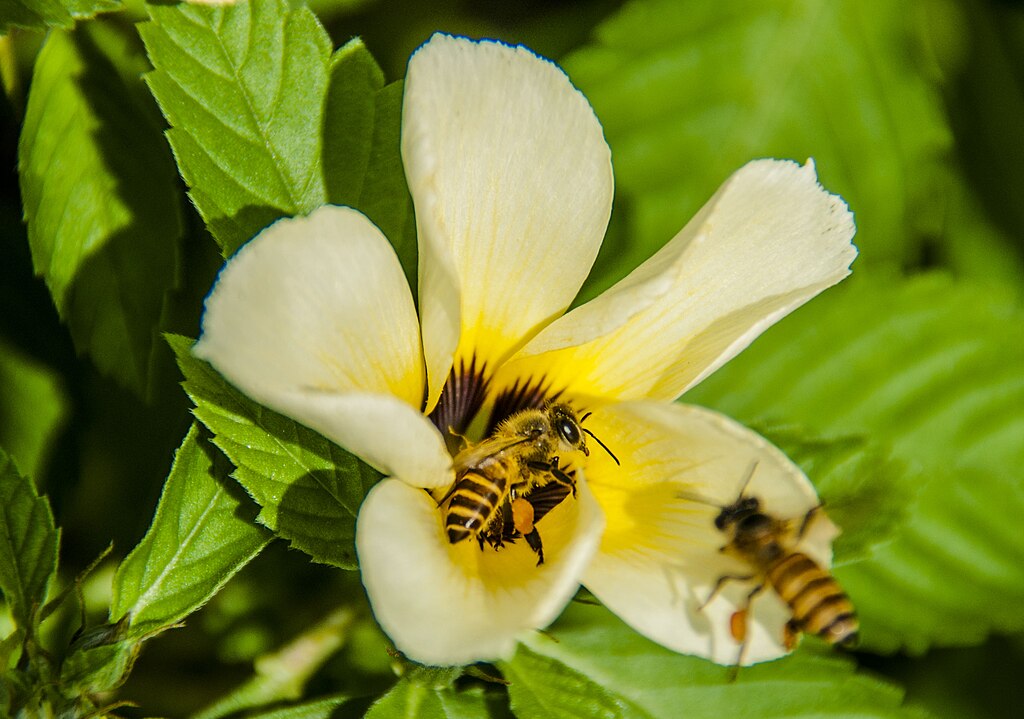
Perhaps the most famous example of potential cultural transmission in bees is the waggle dance, a sophisticated communication system discovered by Karl von Frisch, who later received a Nobel Prize for this work. This remarkable behavior allows forager bees to communicate the distance, direction, and quality of food sources to their nestmates through a series of movements performed inside the hive. While the basic pattern of the dance is innate, research has shown that young bees must observe experienced dancers to perfect their technique and interpret the information correctly. Studies have revealed that novice dancers improve their precision over time through social feedback, with more experienced bees providing corrections through various signals. This learning process creates a continuous chain of knowledge transmission from one generation of foragers to the next, establishing what could be considered a cultural tradition of communication within the colony.
Regional Dialects in Bee Communication
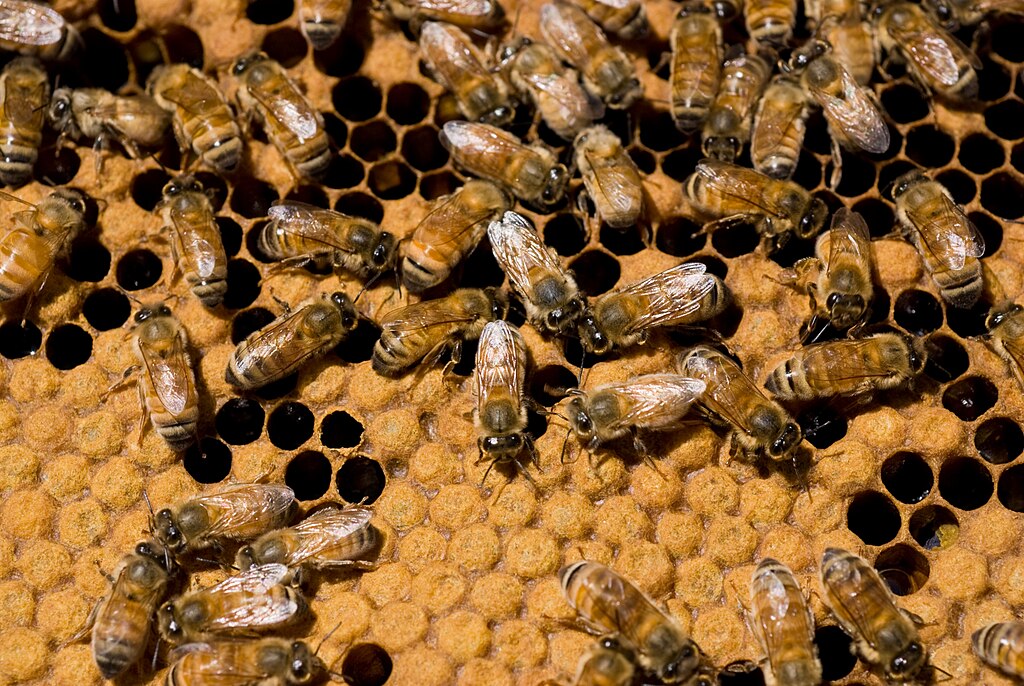
Intriguingly, researchers have discovered what could be described as “dialects” in the waggle dance of different honeybee populations, suggesting cultural variations similar to human language differences. Different subspecies of Apis mellifera (the Western honeybee) calibrate their dance differently, with variations in how they encode distance information through the duration of their waggle runs. For example, Italian bees (Apis mellifera ligustica) and Carniolan bees (Apis mellifera carnica) use different “conversion factors” when translating flight distance into dance duration. When colonies of different subspecies are located near each other, there’s evidence that these dance dialects can influence each other over time, with bees occasionally adopting aspects of the neighboring colony’s communication style. This phenomenon resembles the way human dialects can blend in areas where different language communities interact, representing a fascinating parallel to cultural transmission in human societies.
Nest Site Selection: Collective Wisdom
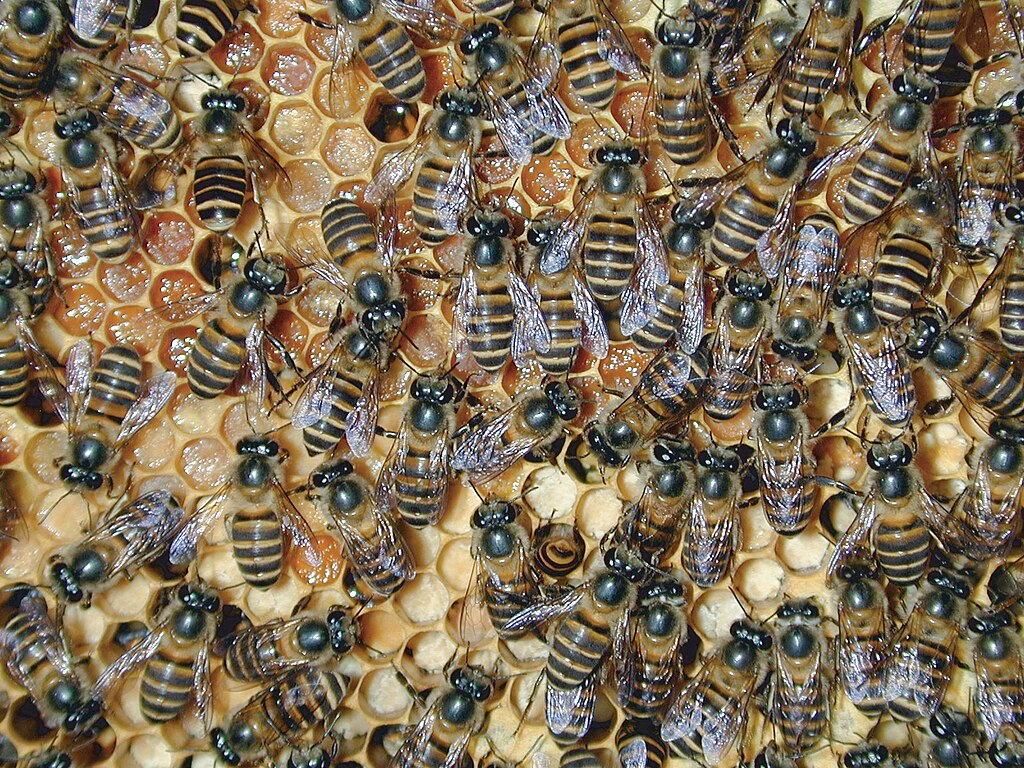
The process by which honeybee colonies choose new nest sites demonstrates another potential form of cultural transmission—the passing down of collective decision-making processes. When a colony needs to find a new home during swarming, scout bees search for suitable locations and report back using the waggle dance, with the quality of the site influencing the enthusiasm and duration of their dancing. Through a remarkable consensus-building process, the colony eventually agrees on the best available option. This sophisticated decision-making relies on experienced scouts who have developed expertise in evaluating potential homes. These knowledgeable bees influence younger scouts, effectively transmitting their criteria for what constitutes a good nest site. Over generations, this creates a form of collective wisdom about habitat selection that combines innate preferences with learned evaluation skills, constituting another aspect of bee cultural heritage.
Foraging Traditions and Flower Preferences
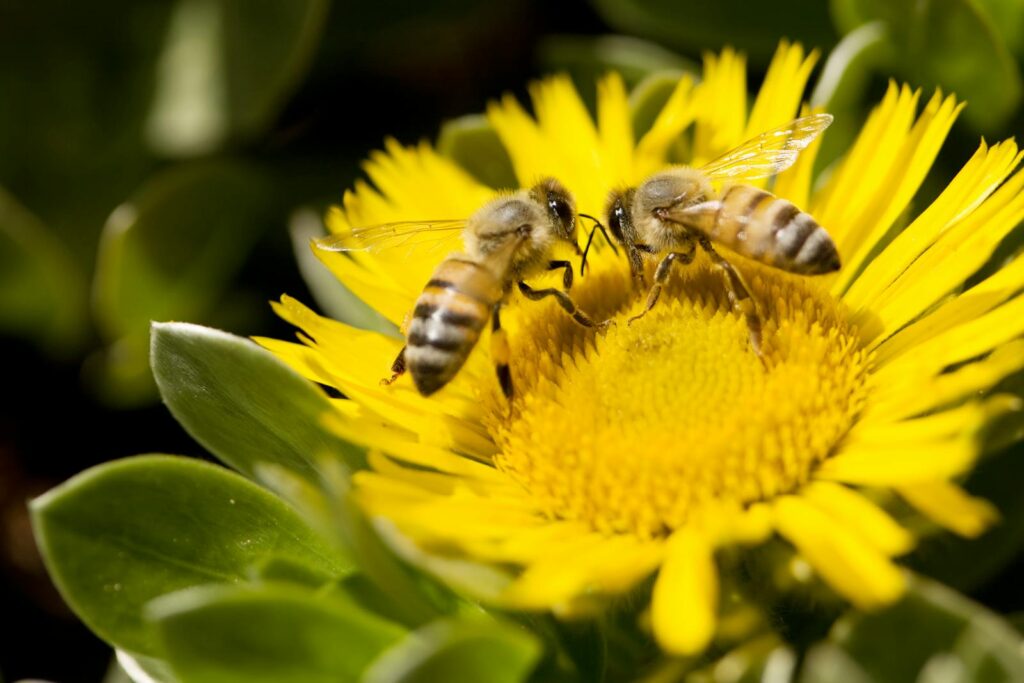
Bee colonies often develop specific foraging patterns and flower preferences that can be considered cultural traditions passed between generations. Young forager bees typically learn which flowers to visit by following experienced foragers and through information shared via the waggle dance, creating continuity in resource utilization across generations. Studies have shown that colonies can maintain preferences for particular plant species even when other equally rewarding options are available, suggesting the formation of traditional foraging routes and resource use patterns. These preferences can persist long enough to be considered cultural traditions, with new generations of workers adopting the established foraging patterns of their predecessors. This transmission of foraging knowledge helps colonies efficiently exploit familiar resources while maintaining the flexibility to adapt to environmental changes when necessary.
Hygienic Behaviors and Disease Management
Some honeybee colonies exhibit stronger hygienic behaviors than others, efficiently detecting and removing diseased brood from the hive to prevent the spread of pathogens. While there is a genetic component to these behaviors, research suggests that social learning may also play a role in their expression and refinement. Young bees appear to learn certain aspects of hygienic behavior by observing more experienced workers, with colonies sometimes showing improvements in disease management that occur too rapidly to be explained by genetic changes alone. The transmission of these sanitizing behaviors represents another potential form of cultural learning in bee societies. In some cases, colonies with strong hygienic traditions show remarkable resistance to diseases like American foulbrood or Varroa mite infestations, highlighting the adaptive value of these socially transmitted behaviors.
Architectural Traditions in Nest Building
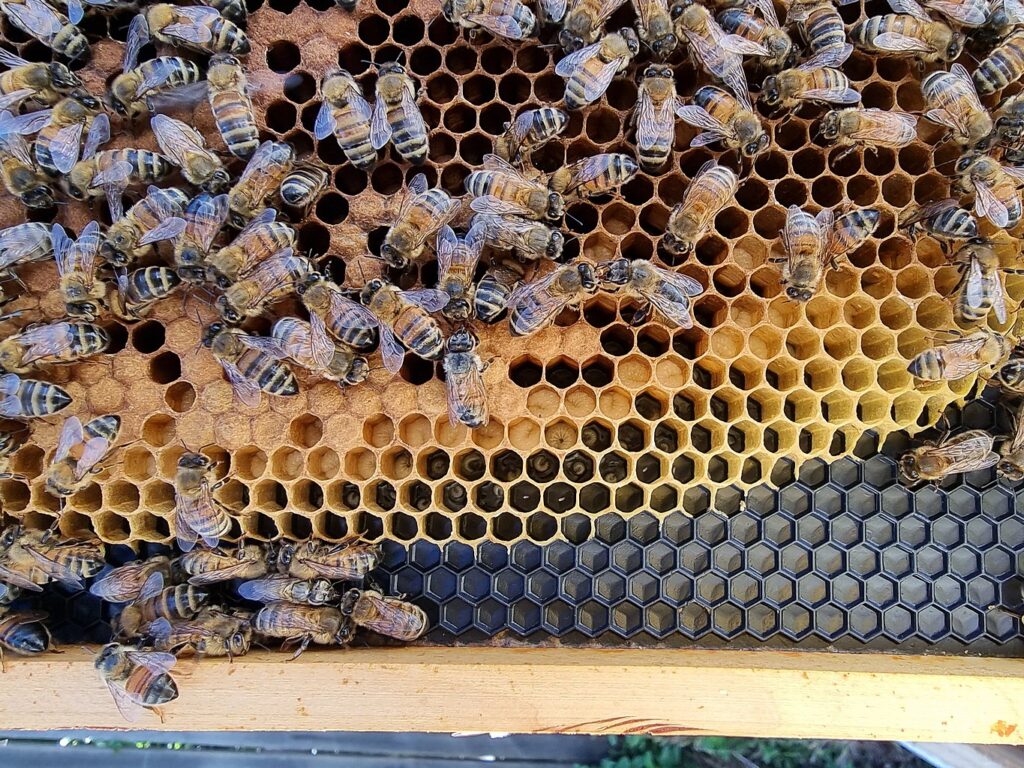
The construction of honeycomb is another area where bees demonstrate potentially cultural aspects of behavior that pass through generations. While the basic hexagonal structure of honeycomb is genetically determined, subtle variations in construction techniques have been observed between different colonies. Young bees learn aspects of comb building by working alongside experienced builders, gradually refining their techniques through practice and social feedback. Some colonies consistently build combs with slightly different characteristics or arrangements, suggesting the development of distinct architectural “traditions” within different bee populations. These building traditions may be particularly evident in wild colonies of different regions, where adaptations to local conditions have led to consistent differences in nest construction that are partially transmitted through social learning rather than genetic inheritance alone.
Temperature Regulation and Collective Behaviors
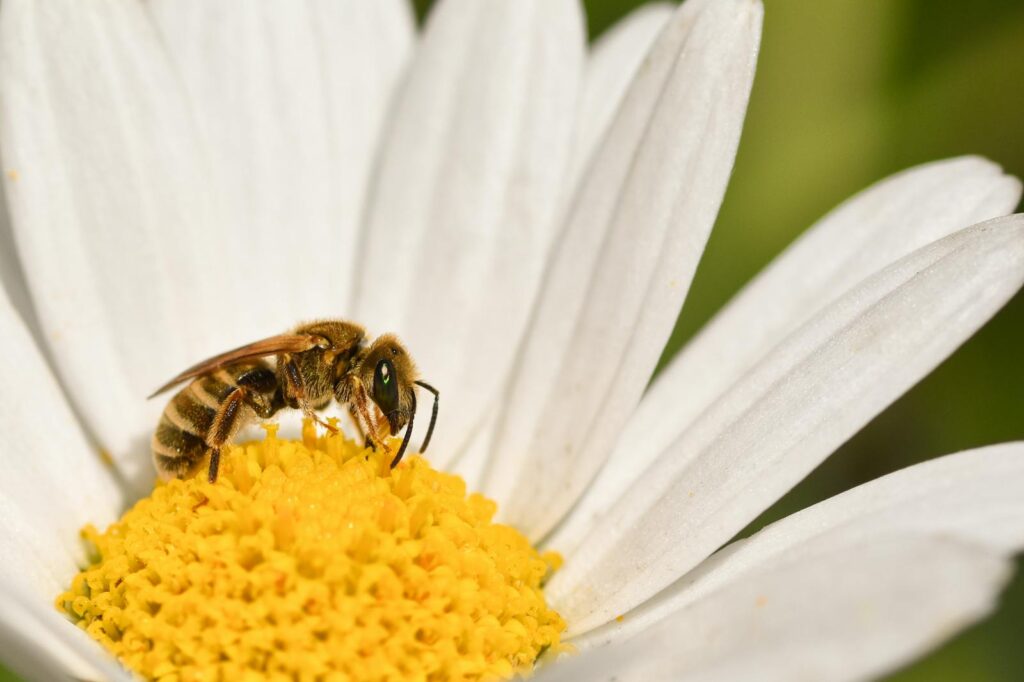
Honeybees maintain precise temperature control within their hives, especially around the brood nest where developing larvae require consistent warmth. This thermoregulation involves complex collective behaviors such as forming insulating clusters in cold weather or creating ventilation airflows during hot periods. While the basic mechanisms are instinctual, evidence suggests that the efficiency and specific techniques of temperature control may be influenced by social learning within the colony. Young bees appear to refine their participation in these collective behaviors by interacting with experienced workers, potentially creating colony-specific traditions in thermoregulation strategies. Some colonies develop particularly effective cooling techniques adapted to their local climate, which then persist across generations through social learning, representing another aspect of bee cultural transmission.
Defensive Behaviors and Aggression Levels
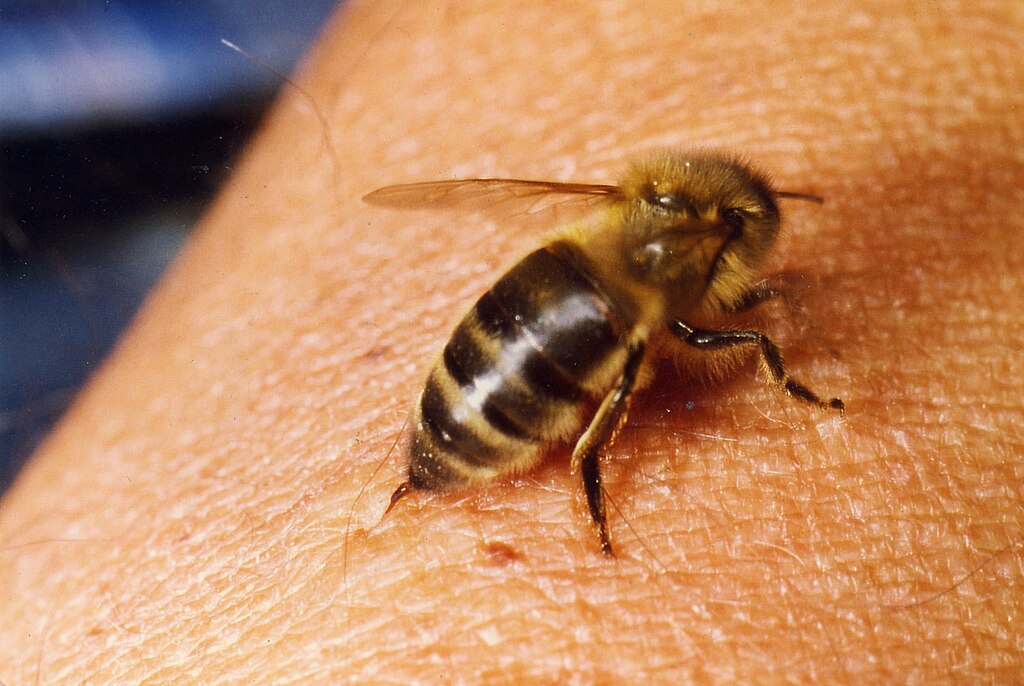
Different honeybee colonies show consistent variations in defensiveness and aggression levels that may be partially maintained through social learning rather than genetics alone. While there is certainly a genetic component to aggression in bees, research suggests that young bees also learn defensive responses by observing the reactions of older bees to perceived threats. Colonies sometimes show shifts in defensive behavior that occur too rapidly to be explained by genetic changes, suggesting social influences on the expression of these traits. This transmission of defensive strategies creates colony-specific security “cultures” that can persist across generations despite the relatively short lifespan of individual worker bees. Some colonies consistently employ specific defensive tactics, such as particular patterns of guard bee deployment or threshold distances for initiating attacks, that appear to be partly learned traditions.
Adaptation to Local Environments
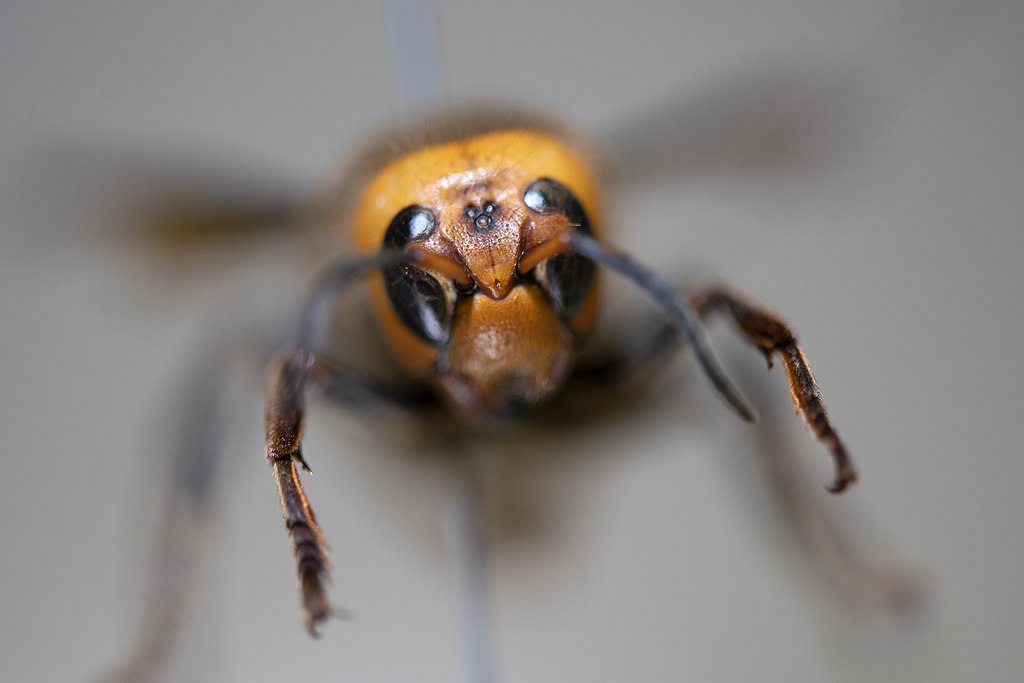
One of the most significant aspects of cultural transmission in bees is how it enables rapid adaptation to local environmental conditions without requiring genetic changes. When bee colonies establish in new environments, they must quickly learn which local flowers provide the best nectar and pollen resources, when these plants bloom, and how to navigate the landscape efficiently. This local ecological knowledge is transmitted from experienced foragers to younger bees through social learning mechanisms including the waggle dance, allowing colonies to rapidly develop traditions adapted to their specific habitat. Studies of introduced honeybee populations show they can develop location-specific foraging patterns and resource preferences within just a few generations, much faster than genetic adaptation could occur. This capacity for cultural adaptation to local conditions has been a key factor in the remarkable success of honeybees as a species capable of thriving in diverse environments worldwide.
Evidence from Controlled Experiments

Controlled laboratory experiments have provided compelling evidence for cultural transmission in bees by demonstrating that colonies can maintain learned behaviors across multiple generations of workers. In one remarkable study, researchers trained bees to associate specific scents with food rewards, then observed how this learned association spread through the colony and persisted even after all the originally trained individuals had died. Other experiments have shown that bees can learn complex behaviors by observing demonstrator bees, including solving puzzles to access food rewards—tasks they were unlikely to discover independently. These controlled studies help distinguish between genetically determined behaviors and those acquired through social learning, providing scientific validation for the concept of cultural transmission in bee societies. Such experiments have been crucial in shifting scientific understanding of insect behavior away from the view that bees are simply “programmed” automata toward recognition of their capacity for flexible, socially influenced learning.
Cultural Differences Between Wild and Managed Colonies
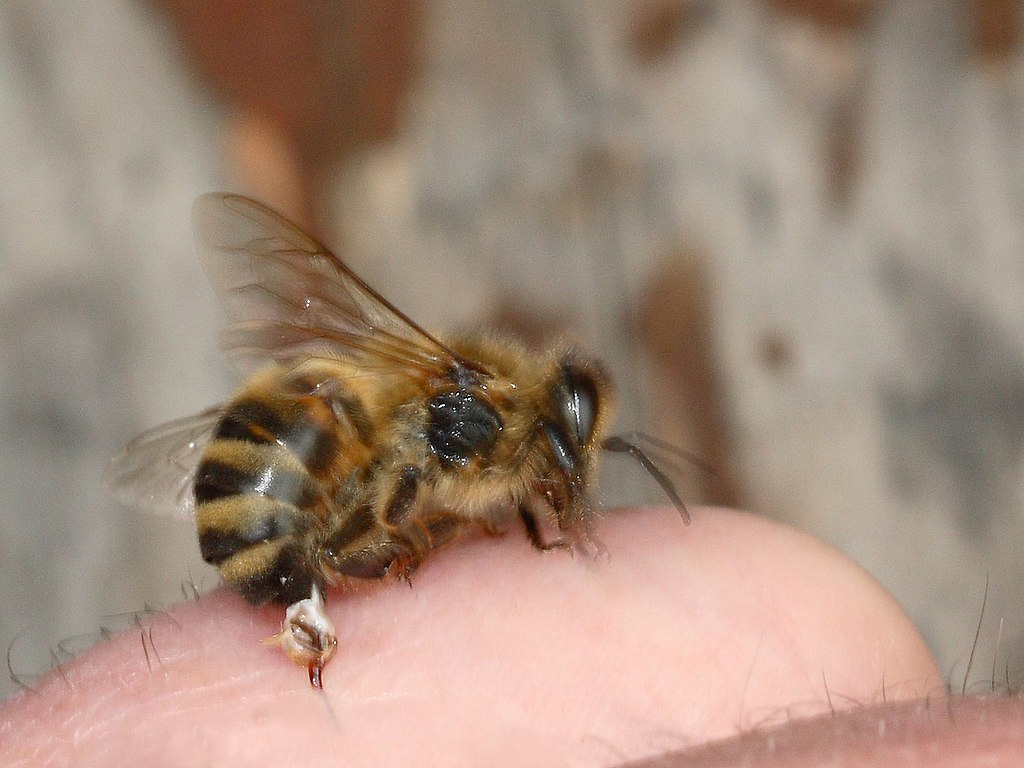
Fascinating differences have been observed between the behavioral traditions of wild bee colonies and those kept by beekeepers, highlighting how management practices can influence bee culture. Wild colonies often develop distinctive foraging patterns, defensive strategies, and swarming behaviors adapted to their specific ecological context through generations of experience. In contrast, managed colonies are subjected to artificial selection pressures and beekeeper interventions that can modify or disrupt these natural behavioral traditions. Some research suggests that managed colonies may lose certain beneficial cultural adaptations over time, such as natural disease resistance behaviors or local resource utilization knowledge. These differences between wild and managed populations provide a unique opportunity to study how bee cultural transmission operates under different conditions and how rapidly behavioral traditions can change when colonies experience new environments or management regimes.
Implications for Conservation and Beekeeping
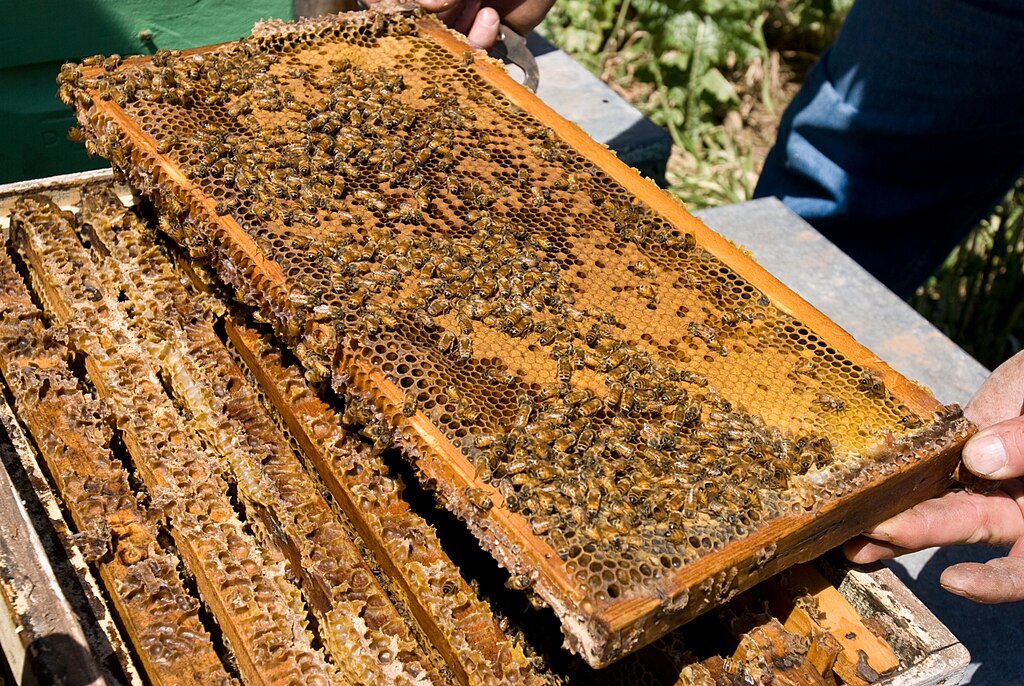
Understanding the cultural dimensions of bee behavior has important implications for both conservation efforts and beekeeping practices. If colonies maintain valuable behavioral traditions that help them survive in specific environments, then conservation strategies should aim to preserve not just genetic diversity but also these cultural adaptations by maintaining continuity in bee populations. For beekeepers, recognizing the importance of social learning suggests that management practices should allow sufficient time for knowledge transmission between experienced and young bees, potentially by minimizing disruptions to the colony’s social structure during critical learning periods. Some forward-thinking beekeepers are already incorporating these insights by adopting management approaches that respect and work with the colony’s natural learning processes rather than constantly intervening. As research in this area advances, it may lead to more sophisticated beekeeping methods that support rather than interfere with the cultural transmission processes that help bees adapt to changing environments.
Future Research Directions
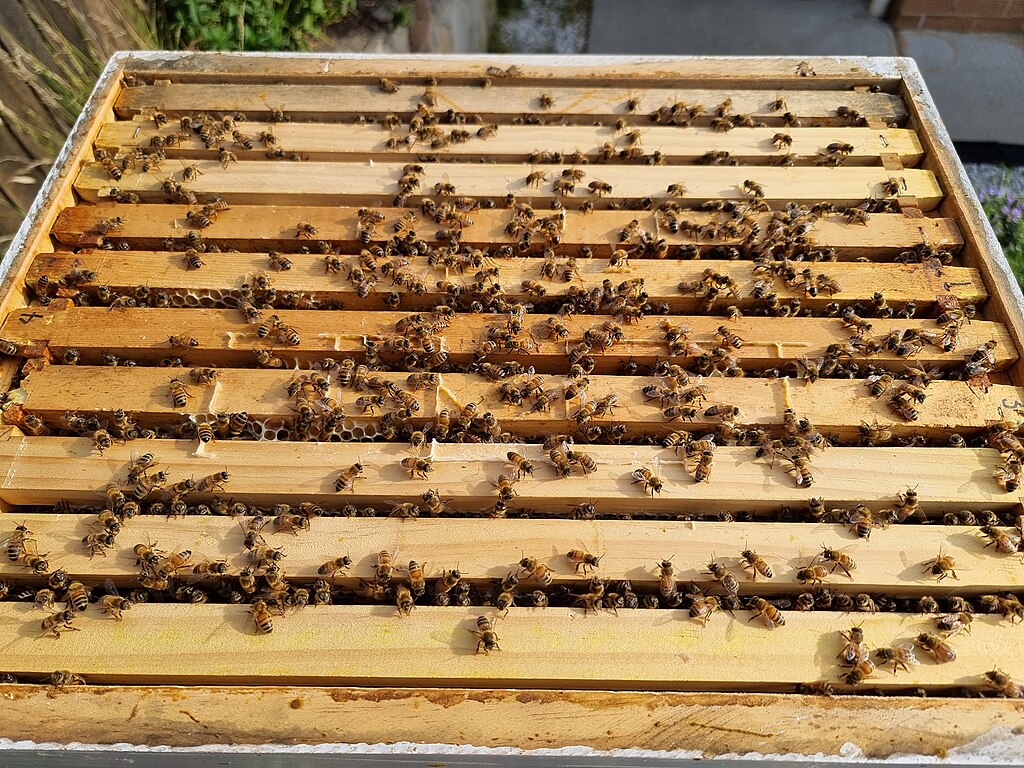
The study of cultural transmission in bees remains a developing field with many unanswered questions that future research will need to address. Scientists are particularly interested in determining exactly which behaviors have significant cultural components versus those that are primarily genetic, and how these two influences interact in shaping colony behavior. New technologies like RFID tagging of individual bees and advanced computer tracking of bee movements within the hive are enabling more detailed studies of how information flows between colony members across their lifespans. Researchers are also beginning to explore whether different bee species have varying capacities for cultural learning, and how climate change might affect the transmission of adaptive behaviors. As this research progresses, it may fundamentally change our understanding of insect cognition and social organization, potentially revealing that cultural processes are more widespread in the animal kingdom than previously recognized.
Conclusion
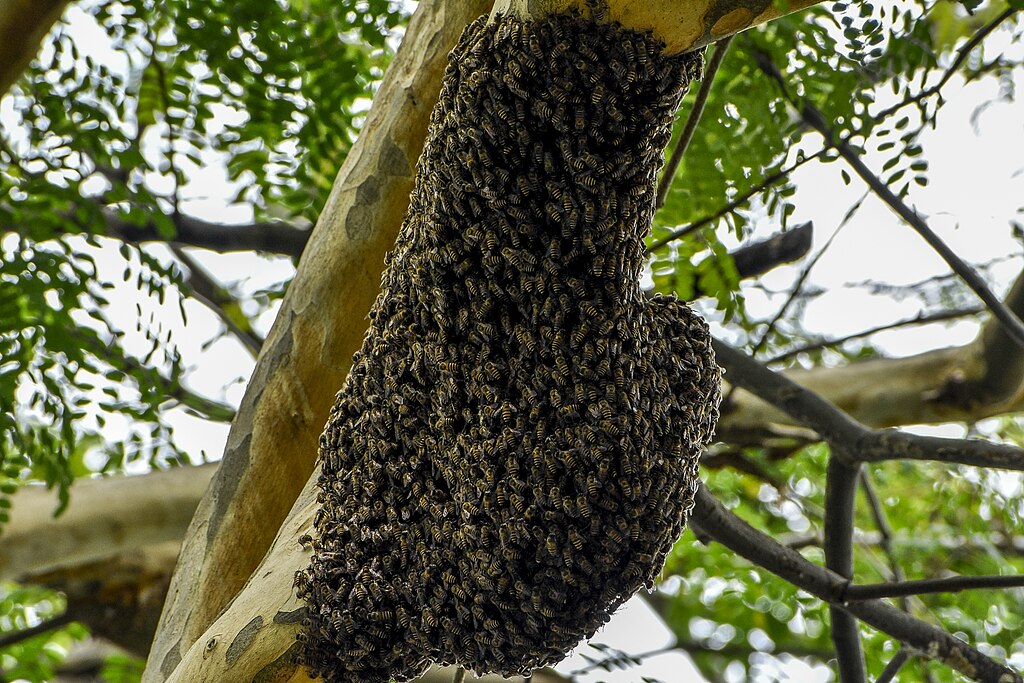
The emerging understanding of cultural transmission in bees challenges our traditional views about the rigid, programmed nature of insect behavior. Through various mechanisms—from the waggle dance to foraging preferences, from nest-building techniques to defensive strategies—bee colonies develop and maintain behavioral traditions that pass from one generation to the next through social learning. These traditions allow colonies to adapt quickly to local conditions and maintain collective knowledge that benefits the group as a whole. While bee culture differs significantly from human culture in its complexity and transmission mechanisms, recognizing these parallels enriches our appreciation of these remarkable insects. As research in this area continues to develop, it may reveal that the gap between human and animal cultures is narrower than we once believed, suggesting that the capacity for cultural learning may be a fundamental adaptation that has evolved independently in multiple branches of the animal kingdom, including our buzzing, honey-making neighbors.
